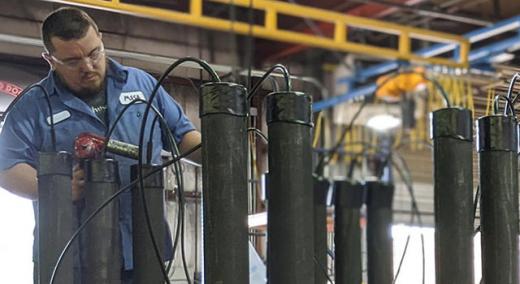In 2020, MESA, a small business in Oklahoma, became to date the first and only three-time Baldrige Award recipient.
|
ADVERTISEMENT |
From a one-person consulting firm founded in 1979, MESA has grown to support a workforce of more than 250 people. The largest privately owned company in its market, it is a manufacturing and field services firm headquartered in Tulsa, with 10 U.S. locations. According to Terry May, MESA president and founder, MESA’s national footprint positions it as the third largest company in the underground petroleum pipeline industry. MESA’s specialty is cathodic protection, an electrochemical process that prevents corrosion on underground or submerged pipelines and storage tanks.
…

Add new comment